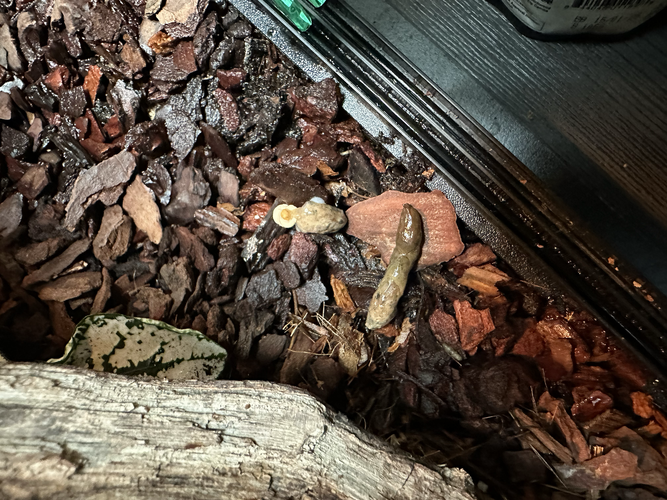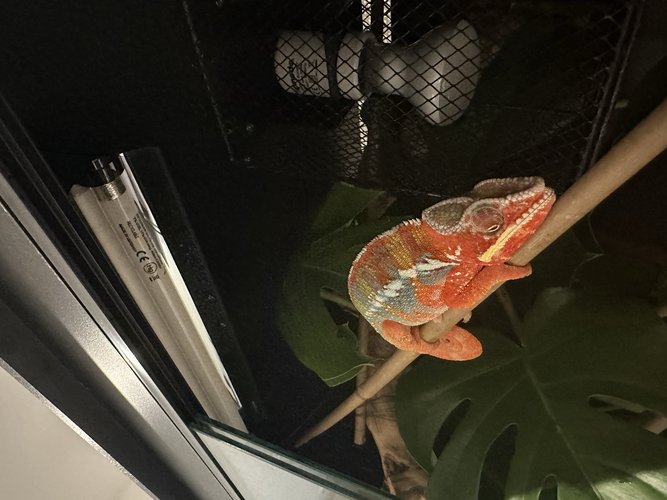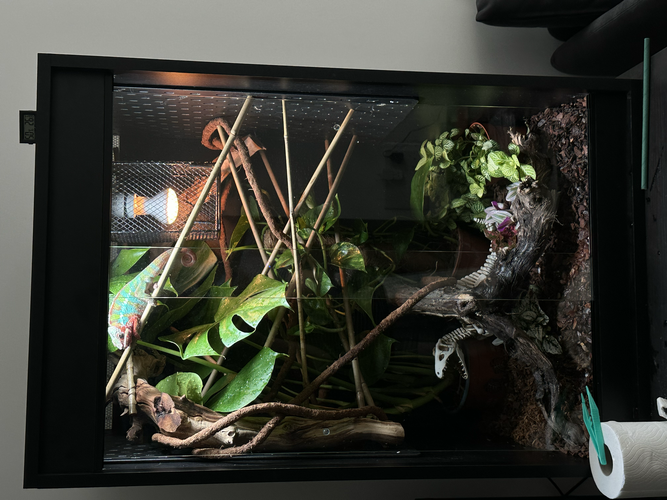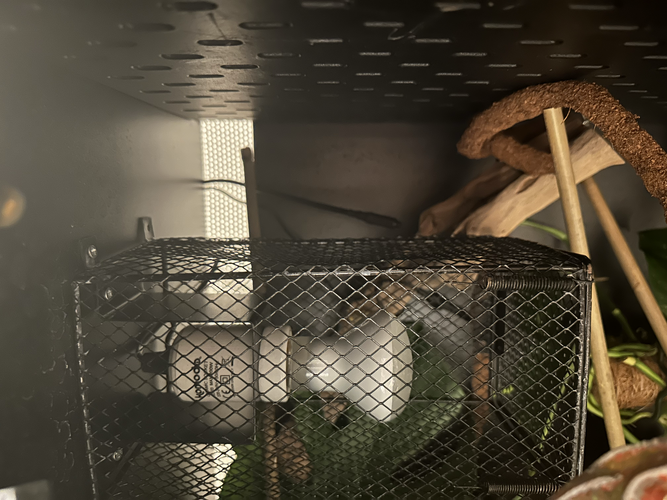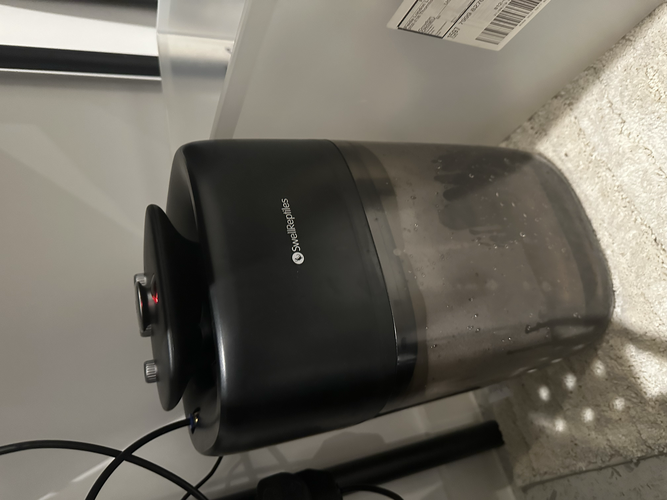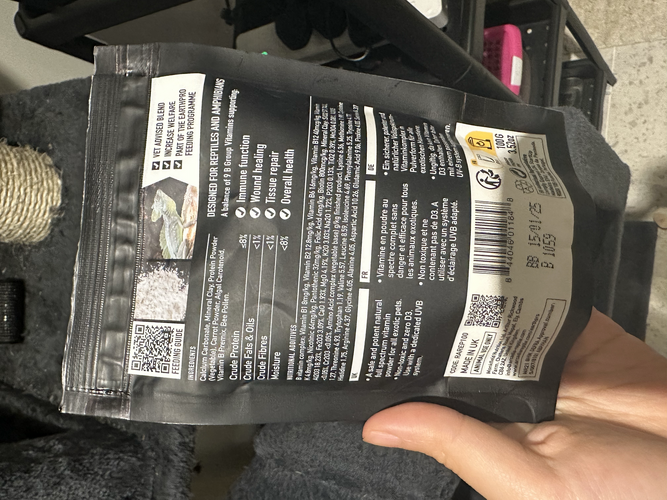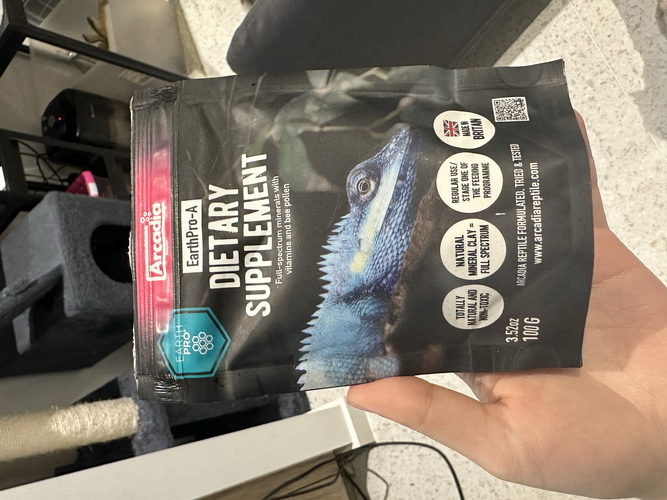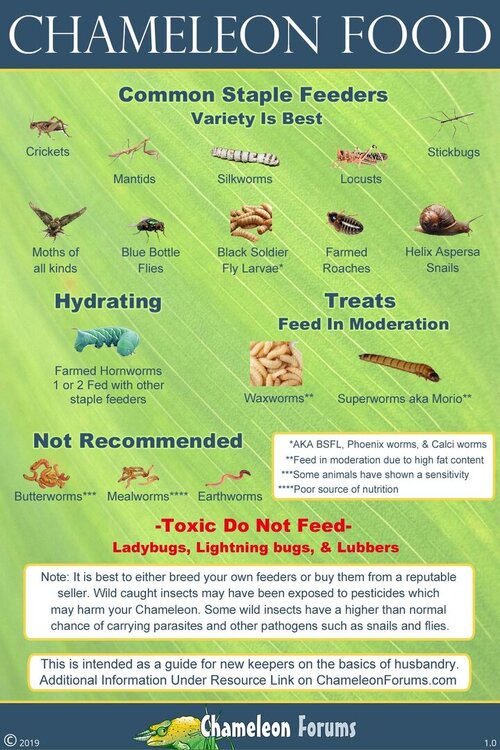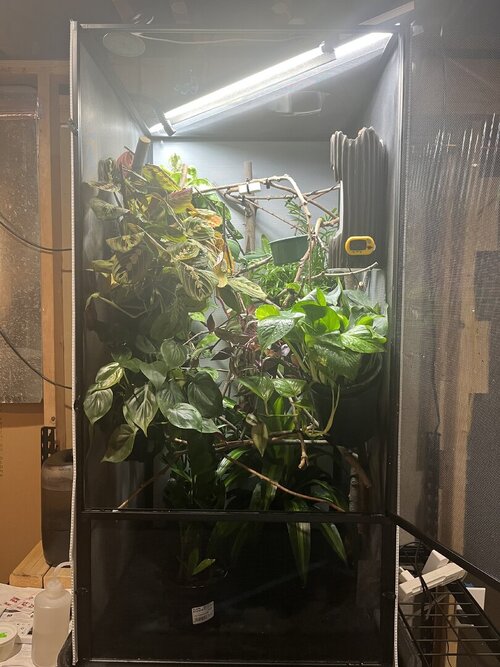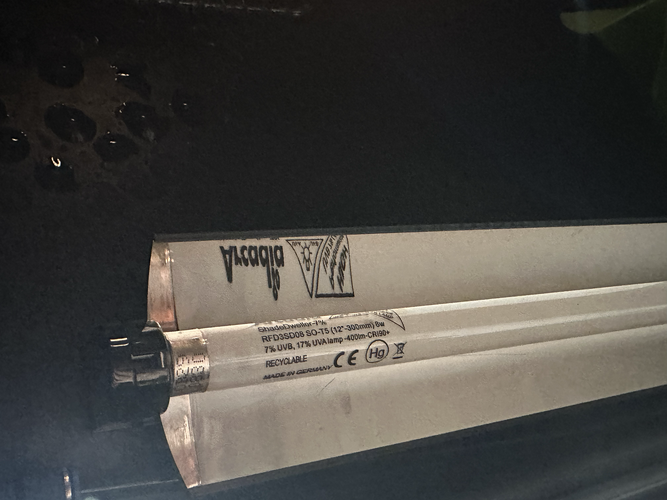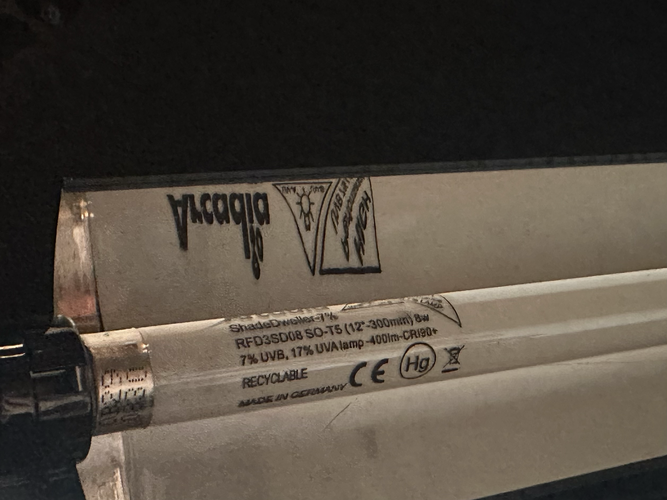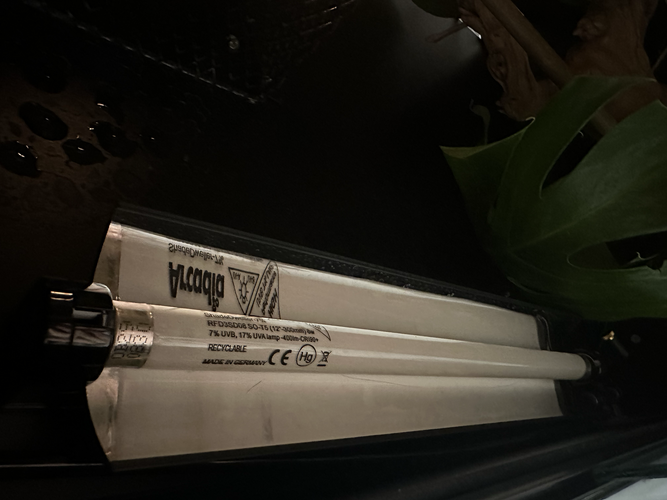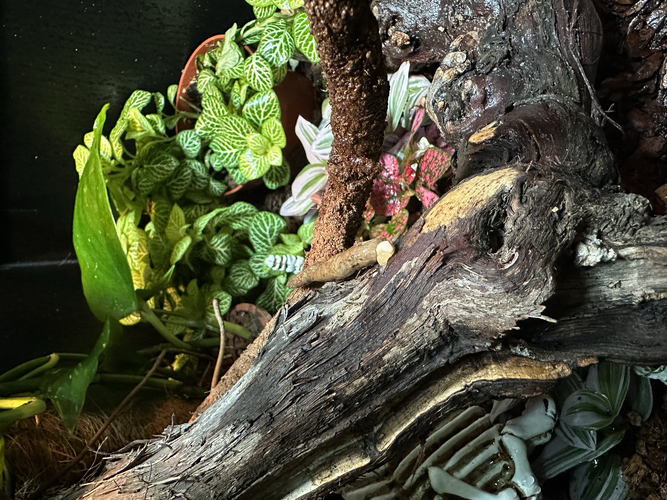shuyu Yao
New Member
"We just got a panther chameleon nine days ago, and now he's showing some specific signs of being unhealthy. This includes occasionally scratching at the glass (I'm not sure if it's because he doesn't like the environment we've set up. This behavior is especially frequent when he sees me in front of him, and when I open the cage, he tries to climb from my hand onto my head.) Additionally, he's not drinking water to the point that this morning's uric acid crystals showed some yellow and a small orange spot (as shown in the pictures). Even as of this morning, he has started refusing to eating. He's about six months old now, with a body length of approximately 20 to 25 cm. His enclosure is a solid wood panel type with dimensions of 60*45*90 cm, with ventilation mesh on the back (as my seller claimed this is the most suitable setup for the UK). To maintain ventilation, the front glass door is also kept slightly open (as shown in the pictures).







